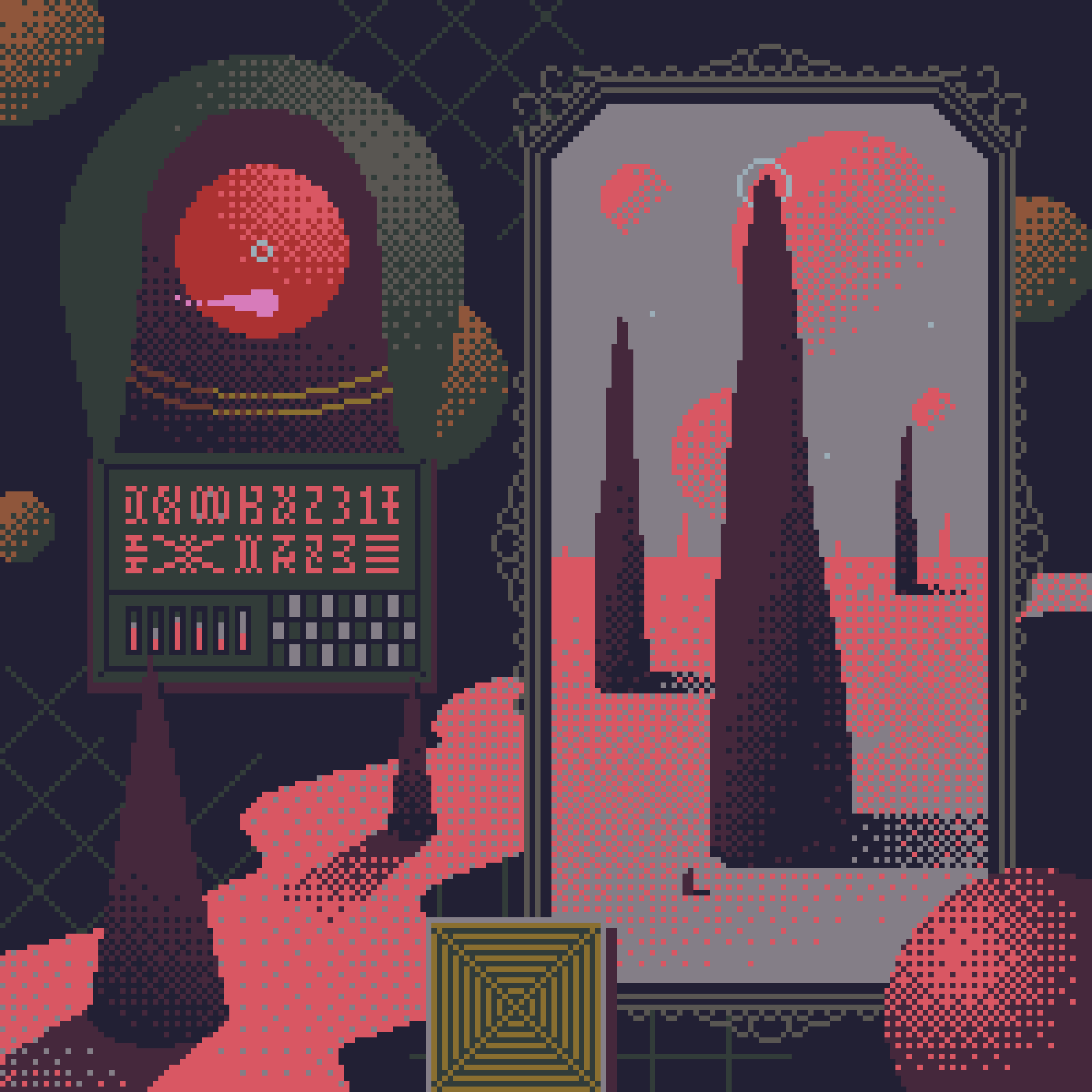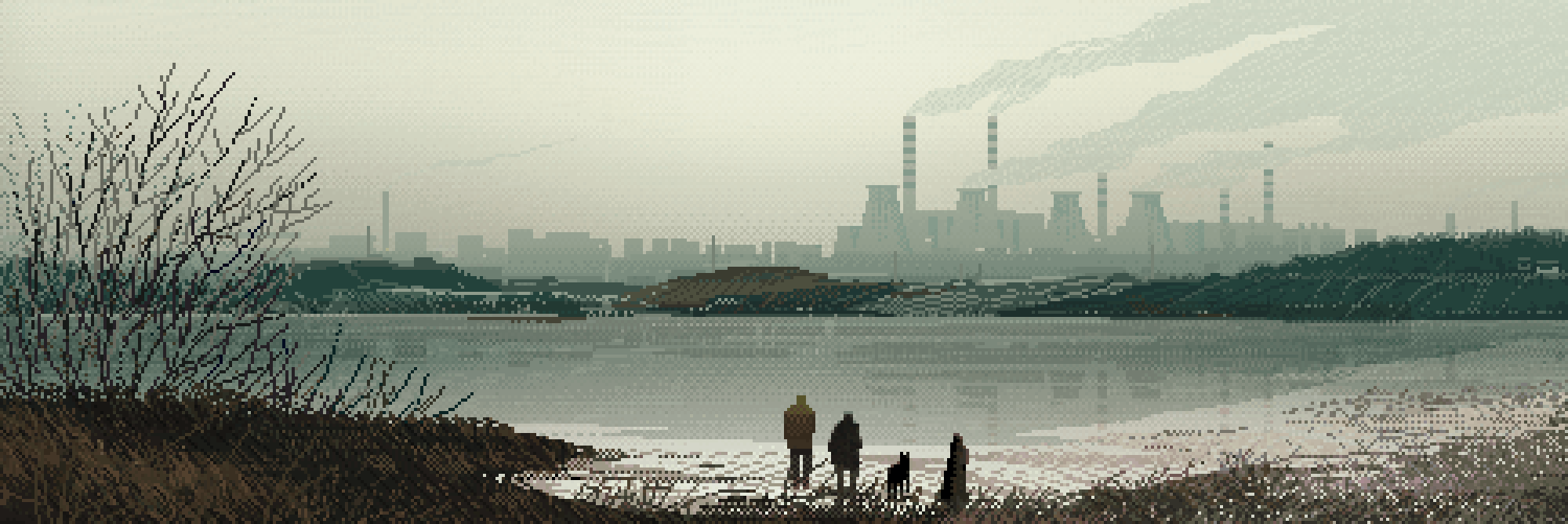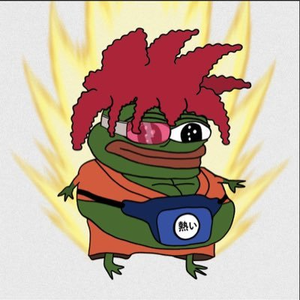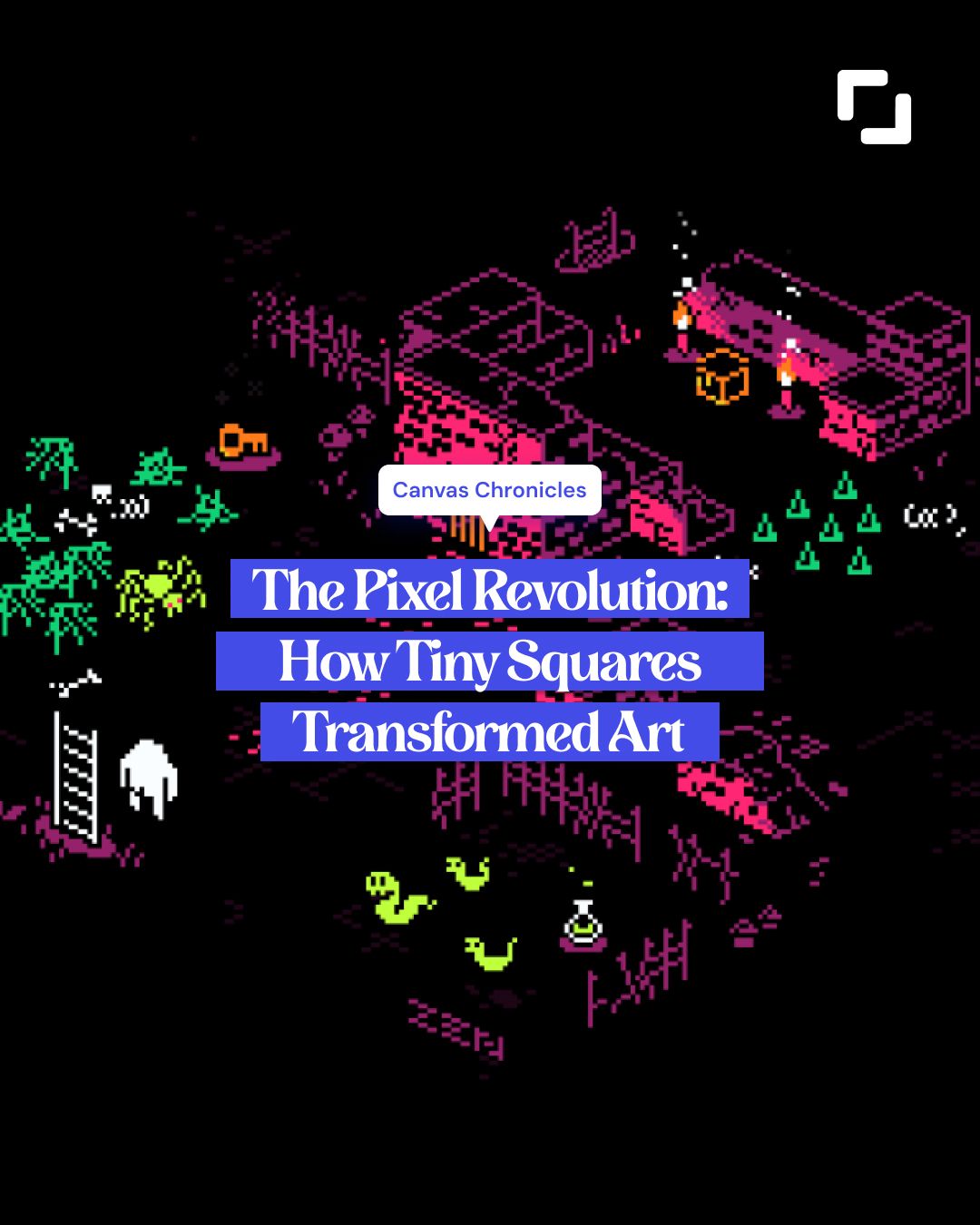Pixel art, a unique and captivating form of digital art, has captivated artists and audiences alike with its distinct charm and rich history. In this article, we'll delve into the fascinating world of pixel art, exploring its origins, renowned artists, transformative impact on the art world, intriguing fun facts, and even the astonishing prices that some of these pixel masterpieces have fetched.
The Birth of Pixel Art
Pixel art, in its essence, is a form of digital art that uses a grid of tiny squares, or pixels, to create images. Its roots trace back to the dawn of computer graphics, as early video games and computer displays operated on a limited pixel-based system.
The term "pixel art" came into prominence during the late 1970s and early 1980s when video game designers used these rudimentary grids to craft their characters, backgrounds, and objects. Limited by the hardware capabilities of the time, these artists had no choice but to embrace the pixel as their artistic medium. Games like "Space Invaders" and "Pac-Man" are iconic examples of early pixel art.
Renowned Pixel Artists

One of the most well-known pixel artists is Susan Kare, whose work with Apple Inc. helped shape the graphical user interface (GUI) of the Macintosh computer. Her iconic Macintosh system icons, such as the smiling Macintosh trash can, the paintbrush, and the watch, remain influential and beloved to this day.

Another notable artist is Hironobu Sakaguchi, the creator of the "Final Fantasy" series, who employed pixel art in the earlier titles of this legendary role-playing game franchise. Sakaguchi's pixel artistry contributed significantly to the memorable characters and worlds of "Final Fantasy."

A Pixelated Perspective Shift
Pixel art represents a shift in the art world as it demonstrates that limitations can breed innovation. The pixel's inherent constraints, like limited color palettes and resolution, challenged artists to push their creativity within these boundaries. This genre's focus on meticulous detail and precision gives rise to a unique aesthetic, often celebrated for its nostalgia and simplicity.
In the contemporary art scene, pixel art's influence can be observed in various forms, from digital illustrations to animated gifs and even installations. Artists continue to explore the medium's potential, blurring the lines between the digital and traditional art worlds.
Fun Fact: Secret Message in Pixel Art
A delightful fun fact about pixel art revolves around the classic arcade game "Ms. Pac-Man." The game's developers, seeking to prevent bootleg copies, programmed a secret message into the game's code. If the game detects a counterfeit version, it displays the message, "Created to cause addiction." This hidden gem showcases the whimsical side of pixel art's history.
The Price of Pixel Perfection
In recent years, pixel art has gained recognition as a legitimate art form in the collector's market. One notable example is the sale of the original pixel art piece used for the cover of the video game "Secret of Mana" by Japanese artist Ishigaki Shinichi. This piece sold at auction for a staggering $43,200, illustrating the increasing value placed on pixel art in the art market.
Pixel art has evolved from its humble beginnings in early video games to become a respected and influential form of digital art. Renowned artists like Susan Kare and Hironobu Sakaguchi have left their mark on the genre, while its unique aesthetic and creative possibilities have forever changed the art world's perspective. As pixel art continues to thrive and adapt in the digital age, it reminds us that true creativity knows no boundaries, even within a grid of tiny pixels.
Stunning pixel art on Exchange Art:
- The Last Web3 Supper by marculinopng
These portraits made by marculinopng excel at conveying character expressions and emotions through minimalistic details. Each pixel placement in the face contributes to the subject's personality and mood.

2. Flag Monkez #143 by Flag Monkez
In this pixel art portrait made by Flag Monkez, the eyes serve as focal points. Artist use precise placement of pixels to create intricate and expressive eyes that draw viewers in despite the motion of the composition.

3. Arid Alien - #02 by ZenO
ZenO uses a constrained color palette to create a cohesive and harmonious visual composition. This limitation forces artist to make deliberate choices, emphasizing the importance of color selection in conveying mood and detail.

4. Bumping into Another Monolith by MEK
Pixel artist MEK rely on textures to convey different elements in landscapes. For example, the use of specific patterns and arrangements of pixels can depict grass, roads, trees, electronic elements or clouds.

5. Something in The House by Rafaqin
This pixel artwork is highly detailed despite the limited resolution. Artist use precise placement of pixels to create intricate natural scenes, architectural structures, and spooky environment.

6. The Zone by suns
This amazing artist offer us a composition with a limited color palette, which adds a challenge and unique character to his landscapes. The palette is carefully chosen to convey specific moods or atmospheres in The Zone.

7. Voxel Play - Weed Leaf by Adam Ape
This pixel art demands precision and attention to detail. Artist must make each pixel count, carefully selecting its placement and color to achieve the desired effect of a 3D motion.



